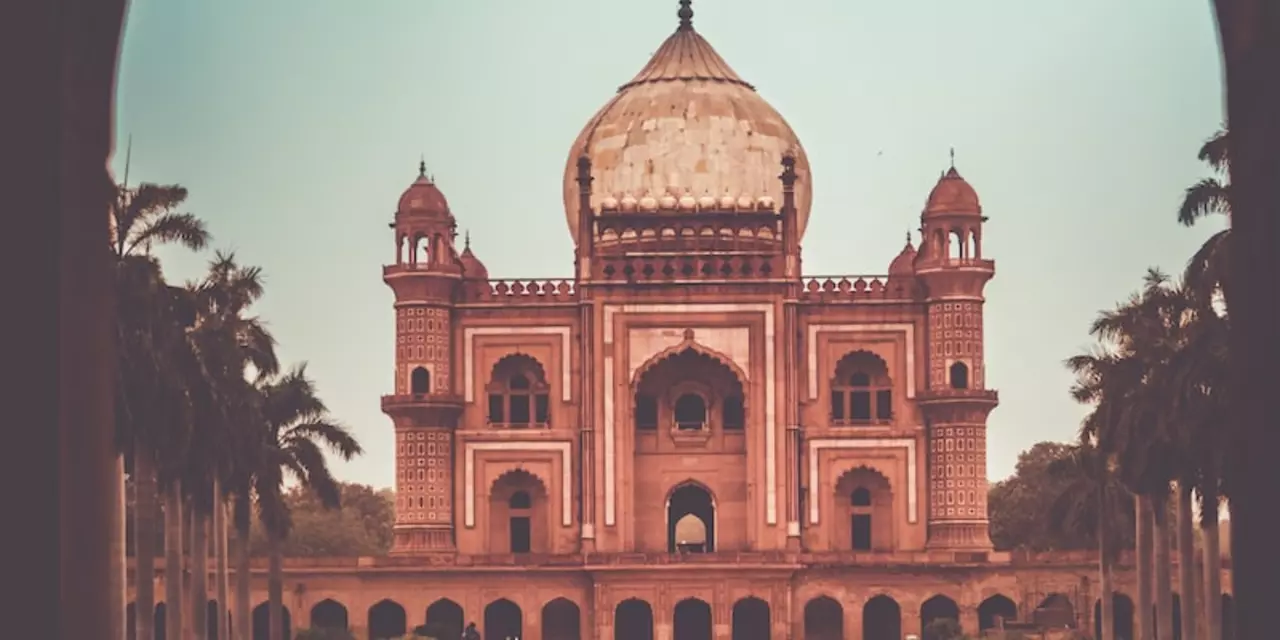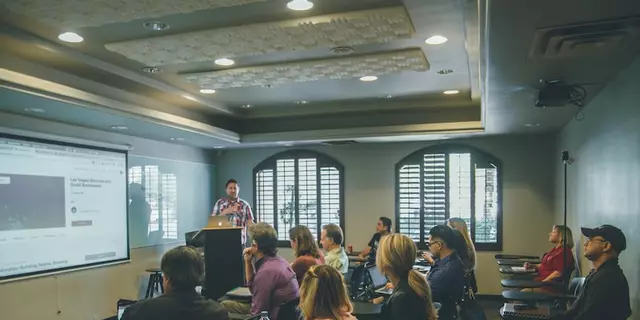Which is the best English news bulletin on Indian television?
January 27 2023Tourism Trends in India – What People Are Searching Right Now
Ever wonder why some places get booked out in minutes while others sit empty? It’s not magic – it’s what Indians are typing into Google. By looking at the most searched travel queries, we can spot the real‑time pulse of tourism in the country. From beach escapes to heritage trails, here’s a practical rundown of what’s hot and how you can ride the wave.
Top searched destinations and experiences
Right now, the biggest spikes are for Goa beaches, Leh‑Ladakh road trips, and Rajasthan heritage tours. Travelers love the mix of sunshine, adventure, and culture these spots offer. Alongside them, Kerala houseboats and Himachal hill stations keep climbing the charts, especially during winter months when people look for a quick chill‑out.
Another trend you’ll notice is the surge in searches for “eco‑friendly stays” and “off‑beat stays in Uttarakhand”. Folks are getting tired of the typical hotel crowd and want something greener or more personal. Booking platforms report a 30% rise in “eco‑resort” bookings over the past six months – a clear signal that sustainability is becoming a travel priority.
Don’t forget the short‑haul city trips. Cities like Mumbai, Delhi, and Bengaluru still dominate weekend‑getaway searches, but the focus has shifted to food tours, street‑art walks, and night‑market experiences. People are no longer just hunting landmarks; they want the local vibe.
Practical tips for planning your next trip
Now that you know what’s trending, let’s turn that into action. First, lock in your dates early. Popular spots like Goa and Leh fill up fast during peak season, and prices jump as soon as demand spikes. Use price‑alert tools on travel sites – they’ll ping you when a fare drops.
Second, consider off‑season travel. The same places that are crowded in July are peaceful in September, and you’ll snag cheaper rates. For instance, Ladakh’s monsoon window (July‑August) sees fewer tourists, yet the roads are still passable and the scenery is spectacular.
Third, tap into local transport options. Trains and state buses are budget‑friendly and often faster than you think once you factor in traffic. Apps like IRCTC and regional bus portals let you book seats in real time, saving you the hassle of standing in long queues.
Fourth, if you’re chasing an eco‑stay, look for certifications like “Ecotourism India” or read guest reviews that mention waste management practices. A quick glance at the property’s Instagram can also reveal how genuine their green claims are.
Finally, pack smart. Most Indian hill stations get chilly after sunset, so a lightweight jacket and layers are a must. Beach destinations demand sunscreen, hat, and a reusable water bottle – the latter helps you stay hydrated and cuts down plastic waste.
Whether you’re scrolling for the next big adventure or just planning a weekend escape, these search‑driven insights give you a clear edge. Keep an eye on the trends, book with timing, and you’ll enjoy the places that everyone’s talking about – without the stress.
 15 Feb
15 Feb
Why do so many foreigners get sick when they visit India?
India is known for its diverse culture and cuisine, but it can also be a difficult place for foreigners to visit due to its different climate and unfamiliar food. Many visitors to India experience a range of illnesses, from mild stomach issues to more serious illnesses such as dysentery and typhoid. This is due to a range of factors, including the country's high levels of air pollution, poor sanitation, and the presence of unfamiliar bacteria and viruses. Travellers can reduce their risk of illness by eating clean, safe food, drinking bottled water and avoiding contact with animals. Vaccines may also be necessary depending on the area visited.
Read More...



